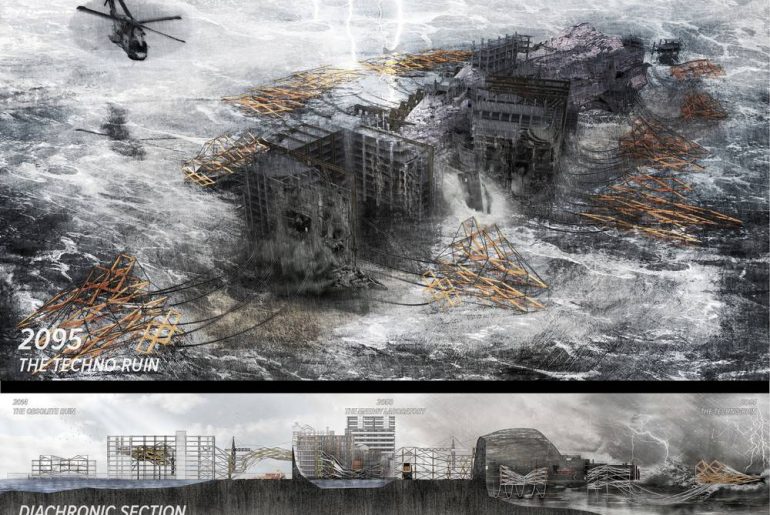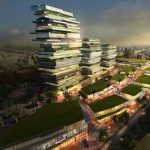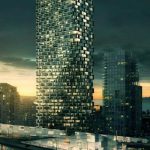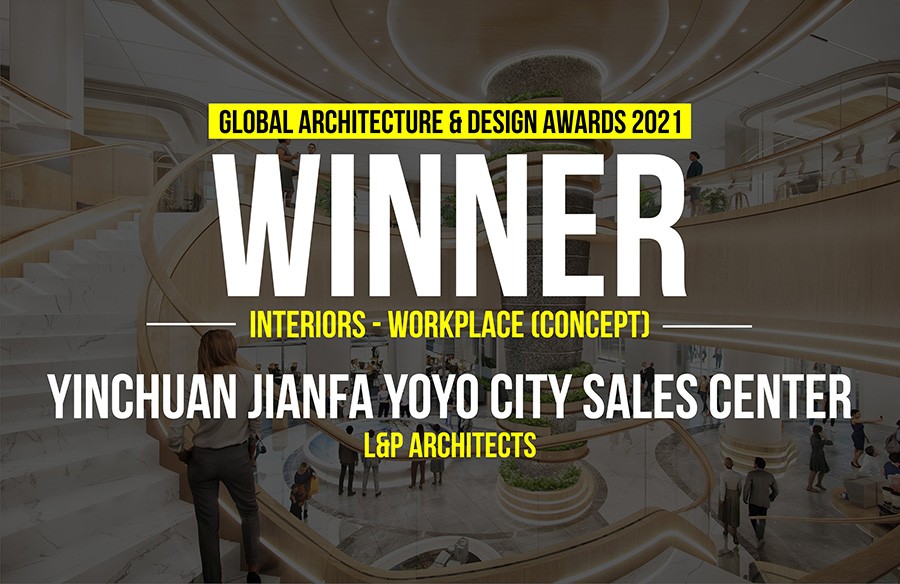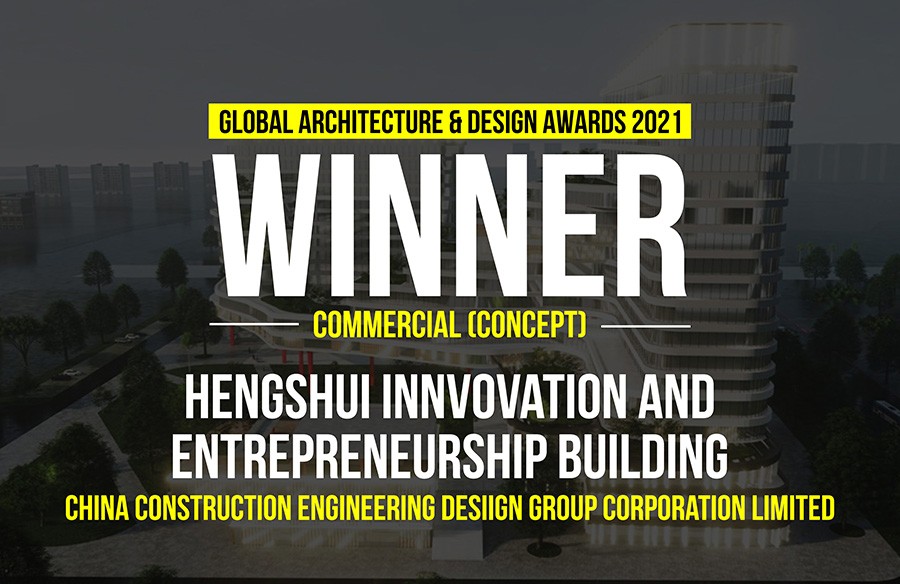Second Award | Mixed Use (Concept)
[tabs type=”horizontal”]
[tabs_head]
[tab_title]Project Info[/tab_title]
[tab_title]Details[/tab_title]
[/tabs_head]
[tab]Firm Name: Wong Yok Fai Arnold
Participant Name: Wong Yok Fai Arnold
Country : Hong Kong[/tab]
[tab]Life After People: Projective Obsolescence of the Techno-Ruin
PROJECTIVE OBSOLESCENCE OF THE TECHNO-RUIN: “To restore a building is not to repair it, nor to do maintenance nor to rebuild, it is to re-establish it in an ultimate state that has never existed before.”
Eugène Viollet le Duc 1855
Site: Hashima Island, Japan: This project started with a post-industrial ruin – Hashima Island in Nagasaki, Japan. Once a thriving coal-mining town for almost 100 years, was completely abandoned when the major energy resource changed from petroleum to coal in 1974. Although the island was nicknamed – Battleship Island because of its overall form, there was never a master plan. It was just accident to the unforeseeable demand of coal in Japan. 40 years after the disappearance of people, homes, offices and factories, were cracking and subsiding, as if nature has taken over.
Treatments To Post-Industrial Ruins: Typical treatments to ruin such as ruination, immortalization and revitalization, passively react to the natural process of decay, which they either freeze the site without productivity, or inject program that is not related to the site. Rather than following the usual trajectory, the proposal is a creative intervention that anticipates the process of decay and harvests energies and by-products.
Sustainability: Sustainable architecture meant to minimize the negative environment impact of buildings by efficiency and use of materials and energy. Yet, many architectural projects nowadays conceive sustainability as a “feature” rather than as a “design”. For example, greenery feature was added to the building facade in a rather superficial way. The key agenda in this project, is to address and to question the contemporary attitude towards sustainable architecture.
Proposal: Amphibious Architecture: With the well-established infrastructure and climatic conditions, the re-inhabitation of the island will started through a renewable energy laboratory that will undergo continual construction and adaption to the fast-evolving energy industry as well as occupants’ needs. The proposed architectural system – the Amphibious Machine, is an adaptable 3-dimensional system which integrates sustainability and space. It can harvest energy through wave motions as well as create new spaces that are extended from the existing building of Hashima Island.
Four design objectives
1. Resurrection
– to preserve and reinforce specific architectural qualities that signify the identity of the island
2. Adaptation
– to allow dynamic spatial changes according to the occupants’ needs, and also for the fast-evolving energy industry
3. Energy Production
– to test Amphibious Machine for power generation and establish the island as a self-sustaining city.
4. Projective Obsolescence
-by projecting the natural decay process taking place on the island simultaneously, it would allow us to anticipate the intervention might become obsolete too.
Projective Obsolescence
Embracing the natural process of decay, the design intervention is not a one-off built entity, but a metamorphic process that encourages continuation of Hashima Island’s identity and functionality. Ultimately, the project anticipates the obsolescence of the island again, while the Amphibious Machines remain, continue to harvest energy and establish the island as a techno-ruin.
[/tab]
[/tabs]
If you’ve missed participating in this award, don’t worry. RTF’s next series of Awards for Excellence in Architecture & Design – is open for Registration.
[button color=”black” size=”medium” link=”httpss://www.re-thinkingthefuture.com/awards/” icon=”” target=”false”]Participate Now[/button]
[g-gallery gid=”3077″]

